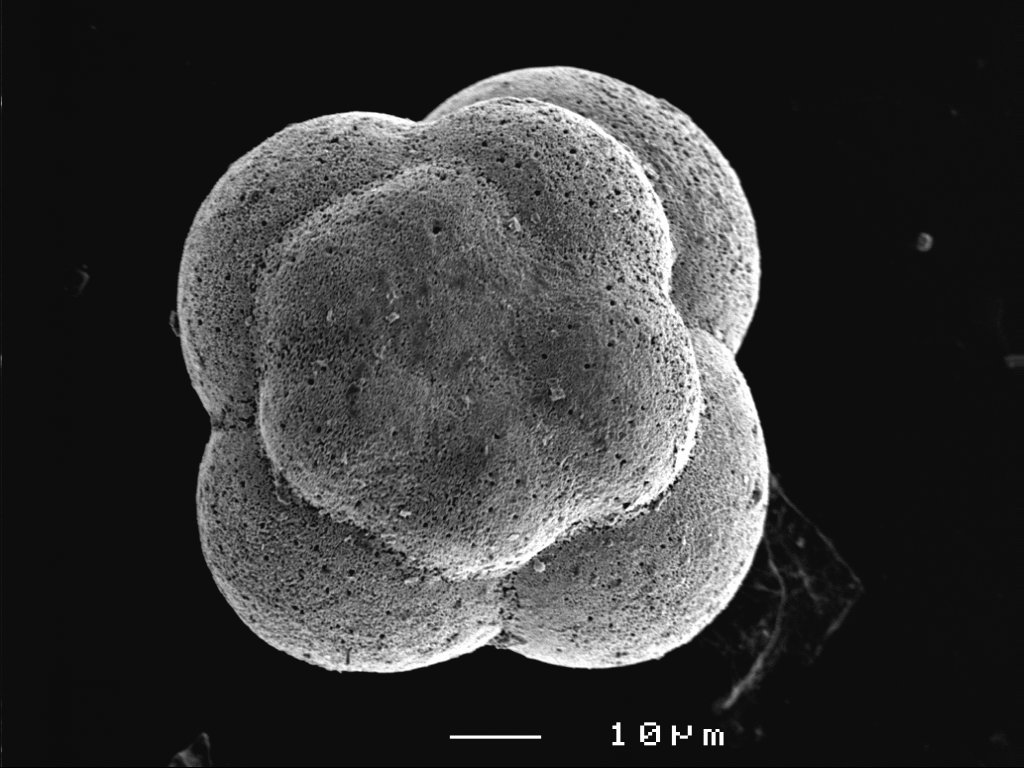Size Related Bias in planktonic Foraminifera
The second mechanism tested by Arnold et al. (1995) was that new species were founded at a small size and due to minimum size constraints, it was necessary for them to diversify towards a larger size (Arnold et al., 1995). The reasoning behind this hypothesis was that since smaller species were less specialized they had more structural flexibility and were able to branch towards new lineages (Arnold et al., 1995). Since it is difficult to measure the structural complexity of an specimen, Arnold et al. (1995) predicted
